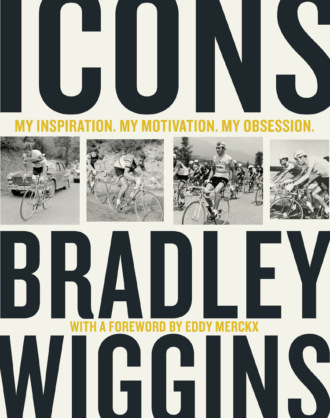Icons: My Inspiration. My Motivation. My Obsession.

Полная версия
Icons: My Inspiration. My Motivation. My Obsession.
Жанр: биографии и мемуарыспорт / фитнесхобби / увлечениямедицина / здравоохранениемедициназдоровьеспорт, здоровье, красотамедицина и здоровьеспорт
Язык: Английский
Год издания: 2019
Добавлена:
Настройки чтения
Размер шрифта
Высота строк
Поля
Конец ознакомительного фрагмента
Купить и скачать всю книгу

